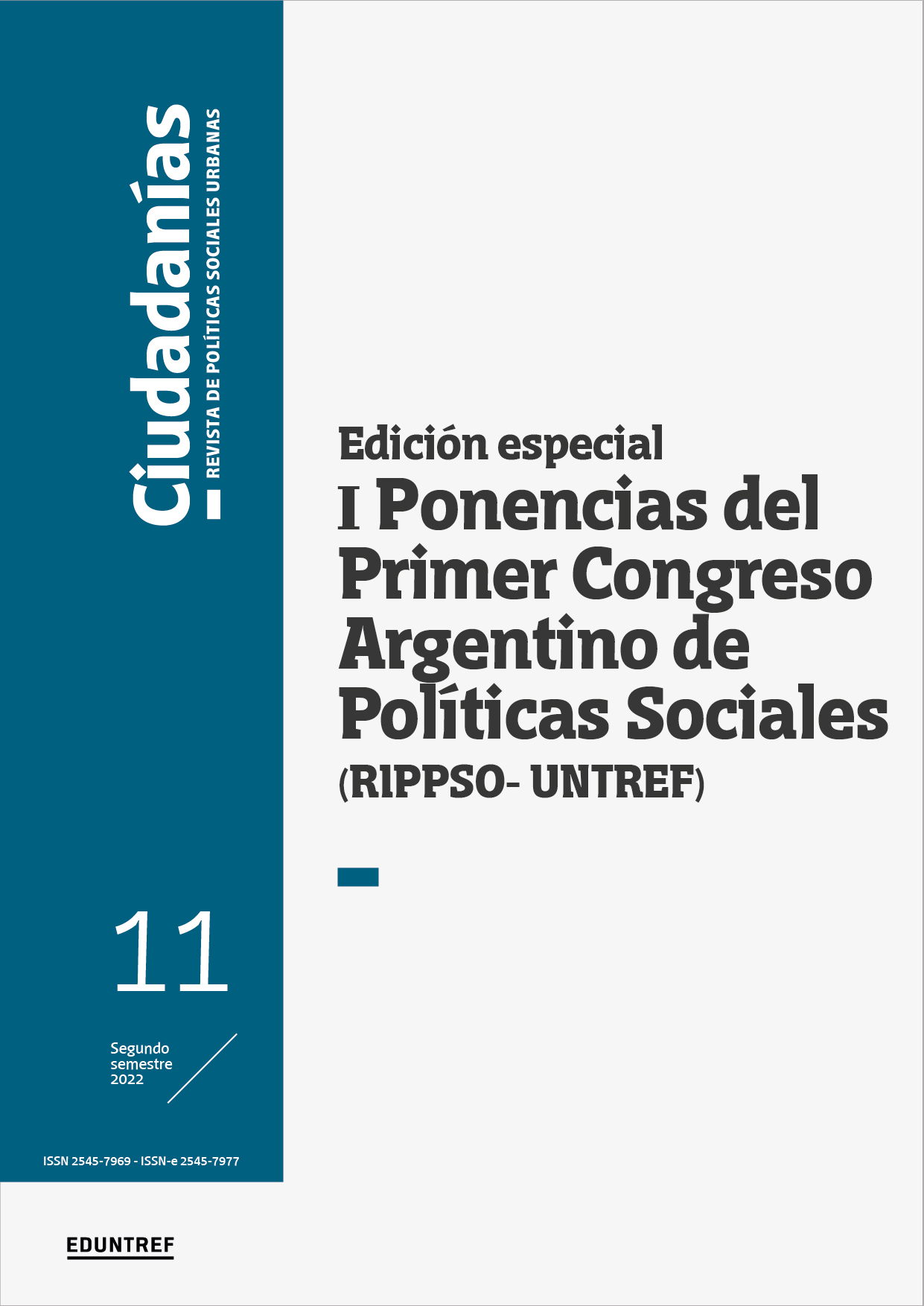Abstract
In the next article, we intend to analyze the Conectar Igualdad Program, a social policy developed in the area of education and implemented as of 2010. This article proposes to carry out a descriptive and theoretical analysis of this program. We expose its guidelines, its objectives, receptors of the policy, state and non-state organizations involved. In addition, we will expose the context in which this social policy was implemented. We understand that the implementation of this policy corresponds to a certain model of social policy that was developed in Argentina between 2003 and 2015. At the same time, we consider that it was a policy that sought to address a problem of recent decades: the digital divide. We argue that this program was framed within the Rights Approach and meant a process of decommodification of technology.

